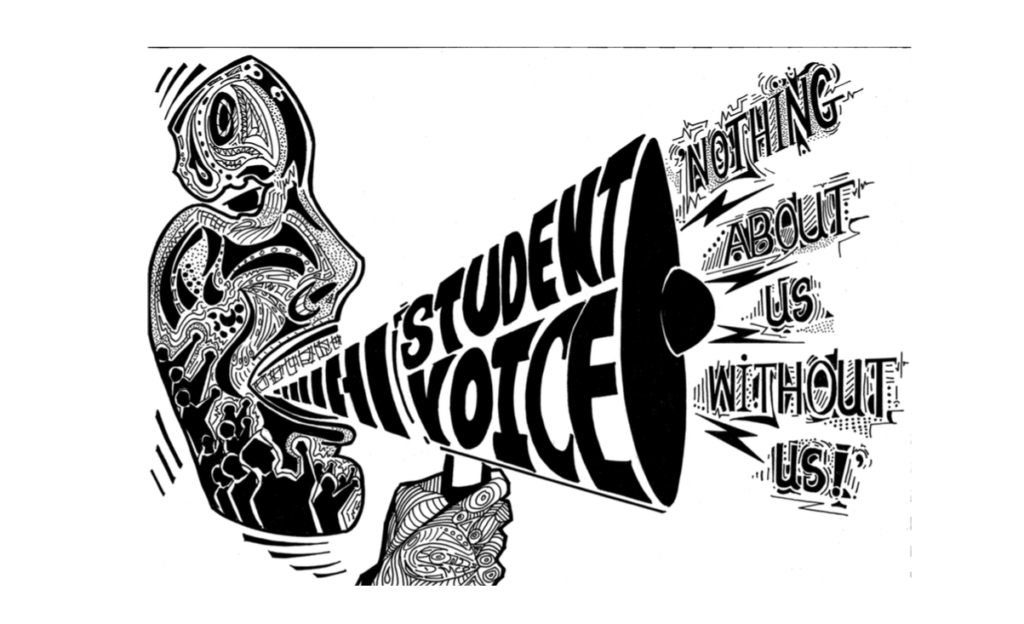Muniruddin
The revival of the MeToo campaign, following the dismissal of four teachers from a prestigious school over the harassment charges, has taken the media by storm.
Although the news is distressing, the way the alleged harassers have been called out is more encouraging. This development has also paved the way for other girls to speak out against harassment or sexual exploitation. The outcry from students has shown the prevalence of harassment on the campuses. The question to ponder is; if such scandalous activities can happen in one of the top-notch schools, what is the situation in public institutions?
As harassment on campuses and workplaces is rampant, it has become important to rethink the manner in which we groom our children and make them ready to live in the society. Our society, being patriarchal, draws lines between the activities of men and women.
The so-called moral values set by society are responsible for further broadening of these lines. Two children of the same family of opposite gender are brought up in entirely different ways due to the subjective nature of moral values. These subjective moral values leads to gender discrimination and thereby one gender is suppressed and silenced while the other is exalted and liberated. It is our society from where this “culture of silencing” is instilled in suppressed gender, i.e woman. Those women are depicted as strong who don’t speak against the oppressions done to them and stay silent.
Having inculcated all these stereotypes from the society, when female students don’t dare to speak against the oppression and harassment on the campuses and when someone dares to speak, her voice is silenced through the apparatus of administration.
Our educational institutions, instead of being a safe space for learning, have been turned down into arenas to pursue the dirty politics of administration. Critical voices who raise the issues of students are being thrown out of institutions. The dismissal of Dr Ammar Ali Jan and Dr Parvez Hoodbhoy from FCCU and Zaigham Abbas from GCU shows the intolerance of university administrations towards critical voices on the campuses. Today nothing in educational institutions can be seen except the buildings dwelt by stuffed dummies.
The recent scandal of the University of Balochistan’s administration has shown how unsafe educational institutions have become for female students. Instead of properly investigating the matter and punishing the culprits, the university administration imposed a dress code upon the students. What is more distressing is the so-called action taken by the administration to probe the issue. Interesting thing was that the committee did not include student representatives. Committees are constituted to investigate such issues that more than often lack female student representation. The absence of female student representation in such committees undermines the transparency of investigation. The influence of the administration doesn’t let committees come up with unbiased judgement. The lack of student unions in universities can be strongly felt here. Had there been student unions in universities the grievances of students, including harassment and other problems, would have been addressed.
These kinds of issues will continue to surface until proper representation is given to the students. The way female students have come out to call out the harassers and perpetrators of disgraceful acts is encouraging and it strengthens the expectation that the patriarchy and male dominance will wane. The issues raised by the students are of serious nature and they must be given due importance. Today it is very important to examine the problems and prosecute the offenders without any discrimination to save potential posterity from such injustice.
The Students’ Herald News Desk focuses on reporting the latest news regarding student politics and campus updates to you.
The News Desk can be reached at admin@thestudentsherald.com




